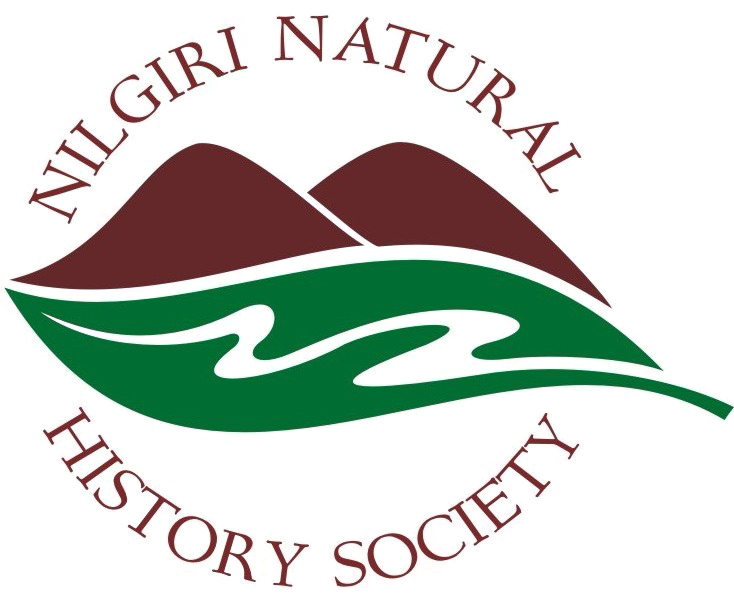International Community School (ICS), Kotagiri – Keystone campus visit (31st July, 2019)
After a lot of going back and forth, on the last day of the month, on the 31st of July, we were able to finally give the 5th and 6th standard students of ICS, a sneak peek into the workings at Keystone campus.
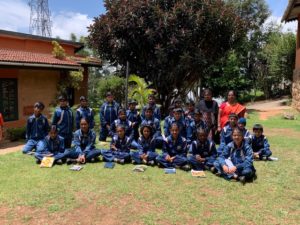
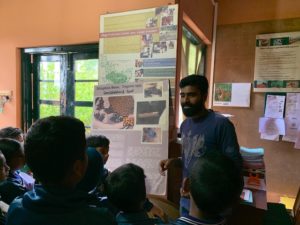
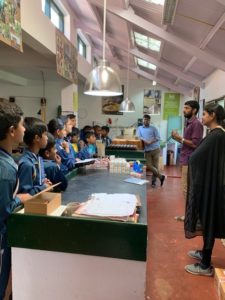
The first batch trooped into the campus, all 24 of them from the 6th standard, accompanied by their science teachers, Ms. Indira and Ms. Shanthi. The first thing that greeted the students was the large signage board at the entrance listing out the various organization entities housed within the Keystone campus. This got them thinking and into a curious bunch for the next 2 hours. The call of our in-campus black bird caught their ears, as they strained their necks to peer into the branches to observe this drab looking but melodious sounding bird. A good omen, indeed, we all agreed. And what followed did not disappoint the kids.
The students were split into two groups for ease of taking the tour. While one group went to the Last Forest Enterprise to learn about honey, the other group were soon analyzing the root and meaning of the name ‘Aadhimalai Pazhankudiyinar Producer Company’. Frango explained the process cycle of where the honey came from, what happened inside the LFE centre and where it headed out, after processing. He also took them around to the section making beeswax soaps and balms and explained the natural constituents involved in the making of these products. On the other hand, the Aadhimalai group was being regaled by Jestin with stories about types of bees, types of honey, other harvested produce like Amla. Both the groups immensely enjoyed their interaction with the respective staff members but had to return back to school as hungry stomachs beckoned for lunch.
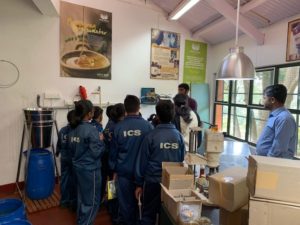
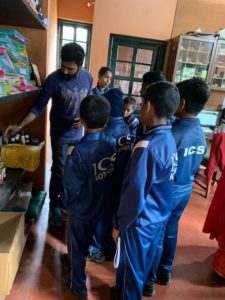
Inthe afternoon, the second group of 35 5th standard students, accompanied by teachers, Ms. Mahalakshmi and Ms. Kavitha, landed up at the Keystone campus. With their tummies full and hunger satiated, these little ones needed some outdoor time to knock out their post-lunch drowsiness. And so we went on a flora walk, observing the trees by the roadside, within the campus as the children tried to observe, recall or identify the trees around. It did the trick of keeping the students awake and they were ready for Manickam by the time they walked up to Radio Kotagiri. A different kind of radio than any other, they heard from Manickam about the idea behind creating this radio channel for the region. The next stop was at the biodiversity and conservation group office where the students were excited to see, hear and learn about all things biodiversity – from seeds, trees, lianas, to wasps, bees and other insects. The biodiversity team pitched in to explain roles of different insects in an organic landscape and the students had a fun time pouring into the treasure chests, filled with seeds!
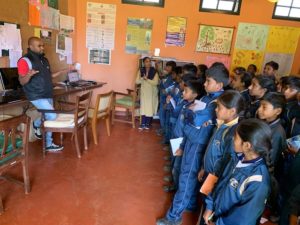
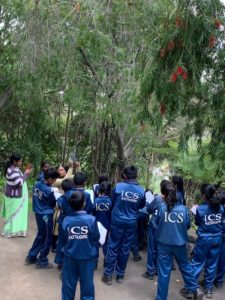
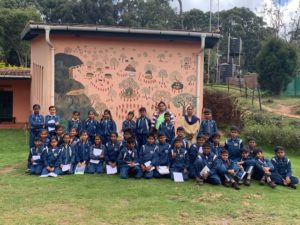
The students also had a brief stop to take in the kurumba painting that depicted the lives and landscapes of the people. They were now ready to visit the produce sections. As before, the students were split into two groups, and they headed to the last forest and aadhimalai offices respectively. Mari was ready for the afternoon session and after sufficient quizzing on bees (based on their observations from the kurumba painting), he shared the linkages between the trio – bees, honey and people. He also took them on a tour of the process chain used to get the honey ready for market. Meanwhile at aadhimalai, Jestin continued his fun commentary on everything from silk cotton to wild figs, from shikakai and soapnut and all things in between.
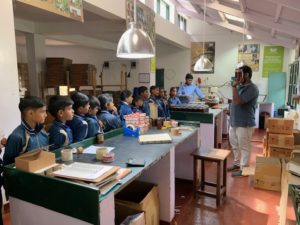
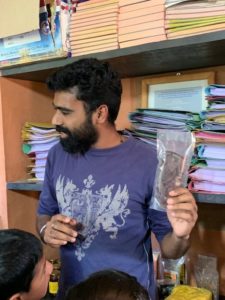
Needless to say the highlights of the tours were the honey tasting, touching and holding the large slab of beeswax, getting to know how soapnut or shikakai looked like, and the opportunity to see the numerous products made by the local communities. It was thus a happy group of youngsters who trotted out of the campus, their heads full of wonder that there was so much to know about the world around them, so close to home.
In Margaret Mead’s words, “Children must be taught how to think, not what to think”. And we sure hope these experiences open up those avenues of thinking for our children.
(by Sharada Ramadass)
